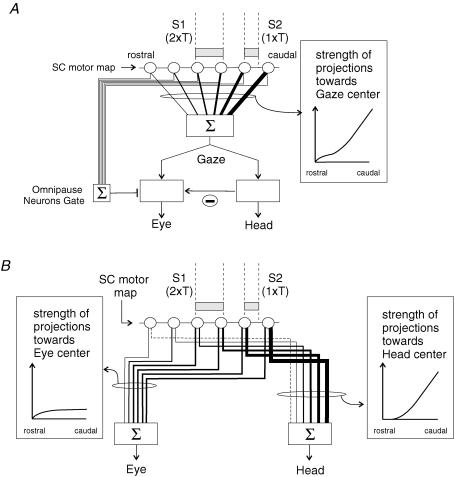Figure 7. Two different schemes proposed to account for the current findings.
Open circles symbolize the collicular output neurons forming a unidimensional gaze motor map. Lines of different thickness leaving the collicular map represent projections of different strength. The two electrical stimulations (S1: 2 ×T and S2: 1 ×T) applied at two SC loci (grey boxes correspond to the postulated size of collicular activations induced by the electrical stimulation) are assumed to elicit gaze shifts of the same amplitude (e.g. 30 deg). A, this scheme (i) assumes that desired gaze displacement (Gaze), resulting from the weighted sum of collicular activity (according to gradient of projection strength shown on the right), is decomposed into eye and head components (Eye, Head) in a downstream structure from the SC; (ii) incorporates the gating mechanism of the oculomotor system (omnipause neurons, Gate) and a neural inhibition of the eye pathway by the head pathway (−). B, this scheme postulates that the transformation of the ‘desired gaze displacement’ expressed by SC neurons is achieved through diverging projections of collicular neurons to eye and head premotor centres. The specific gradients of the strength of these connections (boxes on each side of the scheme) determine the collicular locus-dependent pattern of eye–head coordination observed experimentally. See text for further details.

